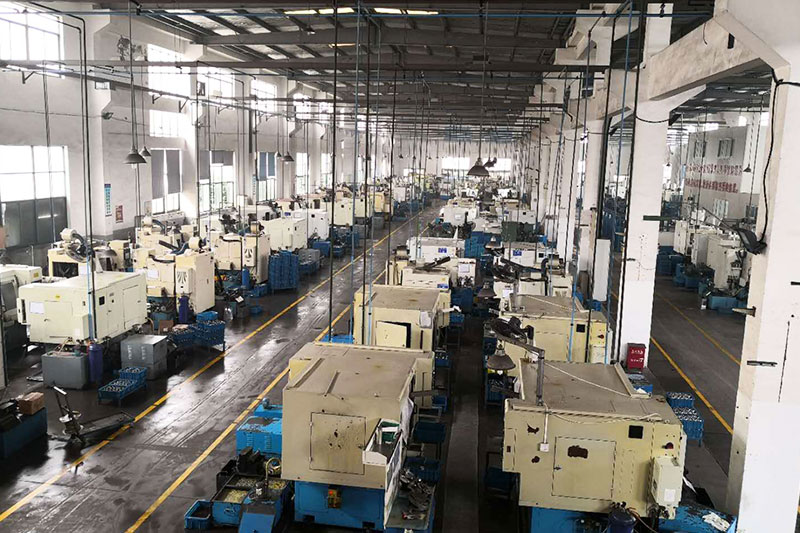If you've noticed a symptom in your car where it seems like it's not working properly, you might be looking at a CV joint. This is a part of the drive train that connects your rear wheels to the rear axle. It's essential to keep your CV joints in good condition to ensure safety and efficiency. There are some things you can do to repair your CV joint, and some signs to look out for.
General safety inspection of CV joints
During your general safety inspection of your vehicle, it's important to pay attention to CV joints. These joints connect the axles to the wheels. If they wear out, the wheels won't turn correctly. This can lead to a dangerous driving experience.
The most common symptom of a bad CV joint is a loud clunk while accelerating or decelerating. Sometimes, the clunking sound may also be present when turning.
Another symptom of a bad CV joint is when the tires begin to have grease on them. This is a sign that the boot on the joint has cracked. It is possible to save the half-axle if the boot is cracked, but if the entire joint is worn out, then it will need to be replaced.
A worn or damaged CV joint can also cause the steering wheel to shake during acceleration. You can also hear popping or knocking sounds when turning.
One of the best ways to know if you have a problem with your CV joints is to take your car in for a test drive. This will allow you to see how the tires feel while turning. Seeing a worn or damaged joint in the driver's seat can be a warning that the problem is affecting the tires.
Symptoms of a worn out CV joint
If your car is making strange noises while you drive or if you notice a vibration, it could be an indication of a bad CV joint. Failing CV joints can be dangerous and can put you at risk, so make sure to get a quick diagnosis and repair if you suspect one.
One of the best ways to determine if your CV joints are worn out is to perform a visual inspection. Look for cracks, a missing boot, and any other obvious signs.
One of the most obvious symptoms of a failing CV joint is a clicking sound while turning the steering wheel. The clicking will get worse as you accelerate. A similar sound is created when changing gears on the vehicle.

Another indication of a failing CV joint is a clunking sound. This is caused by grease leakage from the joints. Grease leaking out of the joints is a sign that the joint is overheating.
The CV joint is actually a direct link between the wheels and the engine. It is a crucial component to a car's suspension system. When the joint breaks, it can cause shuddering in the axles, as well as a loss of power.
While these are all the standard CV joint functions, there are also some less-obvious signs that you should be on the lookout for. For example, a worn out CV joint will leak out a lot of grease.
How to repair a damaged CV joint
When you notice a creaking noise coming from your vehicle, it's a good idea to have it checked out by a mechanic. It could be a broken CV joint or an axle.
The CV joint is an important component of your vehicle. Depending on the model of your car, it's expected to last between 70,000 and 120,000 miles. If you drive your vehicle regularly, it may be time to replace the worn out CV joint.
Before taking your car to the repair shop, here are some tips to help you detect the signs of a problem. First, take your vehicle for a test drive. This will help you determine the severity of the damage.
While you're driving, make sure you pay close attention to any creaking noises you hear. A CV joint may seem like a simple part, but it can get hot due to friction between the engine and brakes. Also, watch out for unusual noises emanating from under your vehicle.
The CV joint is a complex assembly, and you may need to use special tools to fix it. Once your car is repaired, you'll want to perform a thorough inspection to ensure that it's operating properly.
You'll also want to check your tires. They contain grease that is used to keep the CV joints from rubbing against each other. If the grease is missing or dry, it's a sign of a faulty CV joint.
